Here I will show how to install a gas-port regulating gas-block insert like what is available from Black River Tactical CustomTune Gas Port - HD Kit .
Before this HD kit was available I ordered the regular CustomTune Gas Port now called the CustomTune Gas Port - FSB Kit. I intended to install the insert into seveveral common low-profile gas-blocks like Noveske's factory pinned on steel gas-blocks, the extra low-profile Hodge Defense/ SLR Rifleworks GB7, and V Seven Weapons and Battle Arms Development lightweight titanium lo-pro gas-blocks, only to discover it would not work. These named and most other lo-pro gas blocks use a 10-32 threaded set-screw directly underneath the gas-admission port on the gas-block. The gas-admission port hole is likely cut in the same operation that drills the hole for the rear 10-32 set-screw. Therefore the FSB only BRT insert was too small to fit into the hole because it is a 8-32 threaded set-screw and the gas-admission port hole is cut to diameter for a 10-32 set-screw. The 8-32 threaded FSB size insert would wobble inside the admission port of the lo-pro gas-blocks. Now no doubt the 8-32 threaded insert made sense because the admission port has to be tapped for threads to install it and the smaller diameter set-screw would make that easier since a 8-32 tap and companion drill-bit would fit through the 10-32 sized rear set-screw hole without interference, but the gas-block manufactures are saving machine time to drill the admission port and rear set-screw hole the same size and the same operation. Doing so also ensures perfect gas-block alignment when dimpling the barrel for the rear set-screw using BRD's or SLR Riflework's style jigs that index off the barrel's gas-port hole.
So I set out to manufacture my own 10-32 size gas-block inserts and to figure out what tap to use to thread the gas-admission port hole without destroying the rear set-screw threads. This is the tap I found. BRT has since come out with the CustomTune Gas Port HD kit that has a 10-32 sized insert and includes the same 10-32 tap I found is short enough to tap the gas-admission port hole independently after carefully working it through the 10-32 rear set-screw threads. It will only slightly open up the factory set-screw threads when working it through but will not destroy them, use red-loctite and proper torque (25 INCH/lbs) with knurled cup point set-screws, it will be fine. If you are worried about it then pin the gas-block after installation or use a 3 set-screw securement design like V Seven Weapons currently offers . The length of the cutting teeth on the tap is short enough to work with .625" diameter gas-blocks and is strong enough to tap titanium (even though it is not in the description) for at least a couple of uses. The good news is the gas-admission port holes on these lo-pro gas-blocks are already the correct diameter for tapping 10-32 threads and don't first need to be drilled open.
Install is pretty simple:
Take the included tap, oil it up and carefully work it through the rear set-screw threads until it is freely inside the gas-block bore.
Second, carefully line up the tap into the gas-admission port hole and, using plenty of oil or cutting fluid, slowly twist cloackwise with slight downward pressure. You will feel it cut. It is important to get the depth right the first time. You do not want to have to work the tap in and out of the rear set screw threads more than once. Don't tap all the way through to the gas-tube channel either. The height of the 10-32 insert is about .156". Put enough threads into the hole that the insert will clear the inner bore diameter of the gas-block. The tap is tapered and the threads will become shallower at the top, it is best to get the thread depth deep enough for the insert to clear the inner bore of the gas-block but short enough the insert will seize tight at the top of the threads before making contact with gas-tube. You want to be able to remove your gas-tube in the future without interference from the insert should the gas-tube need replacement. There is plenty of room for the insert even with scaled down .625" gas-blocks, but if you you are going to error, error on the slightly shallow side since you can always shorten the bottom side of the insert with a file if needed. Do not file down the top side of the insert, as that is where your restricting hole is and you will be removing supporting material. Before working the tap back out of the rear set-screw threads, brush off the metal shavings from the tap so they don't marr the rear set-screw threads.
Clean out all the metal shavings from the gas-block (don't forget to wear eye protection). Using your 3/32 Allen wrench thread the insert through the rear set-screw threads and then into the newly threaded gas-admission port until it it is snug, final install should include oil. Check clearance of your gas-tube, it should move like normal in and out of the gas-tube hole, and check clearance of the insert with the inner bore of the gas-block. Ideally the insert should sit a hair below the edge of the gas-admission port edge to allow for slightly less than perfectly aligned gas-blocks with the gas-port hole in the barrel. Note the 3/32" Allen hole is a about .093" wide so if your barrel's gas-port is gappingly large or you are not sure if you gas-block is perfectly lined up with your barrel's gas-port, you will want some counter sinking effect of the insert sitting slightly lower than the edge of the gas-admission port hole. Keep in mind gas-port holes in barrels are not always in perfect vertical line with the indexing pin on the barrel extentsion either. The gas-admission port in a gas-block is big enough to account for this and seating the insert slightly lower in the hole leaves this margin intact. If the insert does not clear the bore diameter of the gas-block file it down on the bottom until it does, make sure to clean up the edges of the threads so as to remove burrs and any extra thin threads still barely hanging on that could later break lose after install and seize in your BCG gas rings.
After install test function rifle with all desired ammo types in all operating conditions (esp. cold weather, dirty). This is a semi permenant job since after many rounds the insert may be carbon fouled and seized inside the gas-block gas-admission port.
You are done. Enjoy the lightest and most robust gas regulating method available. I was not able to measure the weight difference of the titanium gas-blocks with the insert installed. These inserts are made of stainless steel just like the gas-tube is and have no springs or or details to fail. The gas-port inside of the barrel takes the brunt of the powder particulate blast resulting in corrosion, the pressure and blast the insert is then subject to is already significantly lower than to port hole inside the barrel.
Up next is how to make your own, If you need to always tinker with something or have a fleet of rifles in need of this modification or maybe both. Note the inserts in the photos above are of my own making, but the install process is the same as BRTs CustomTune Gas Port inserts.



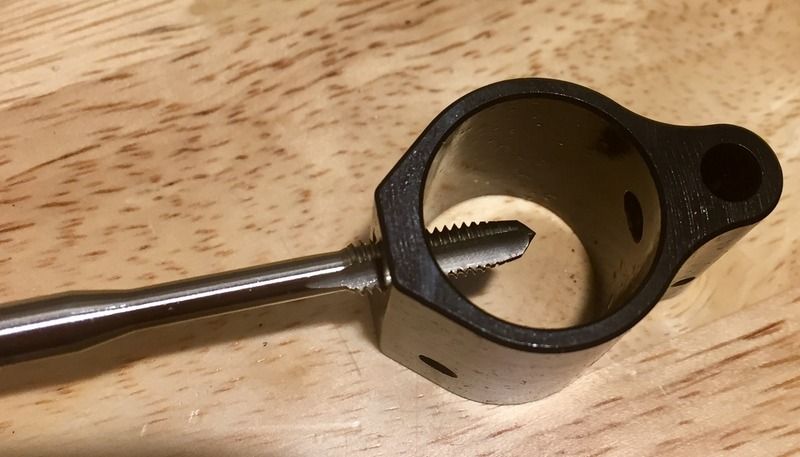
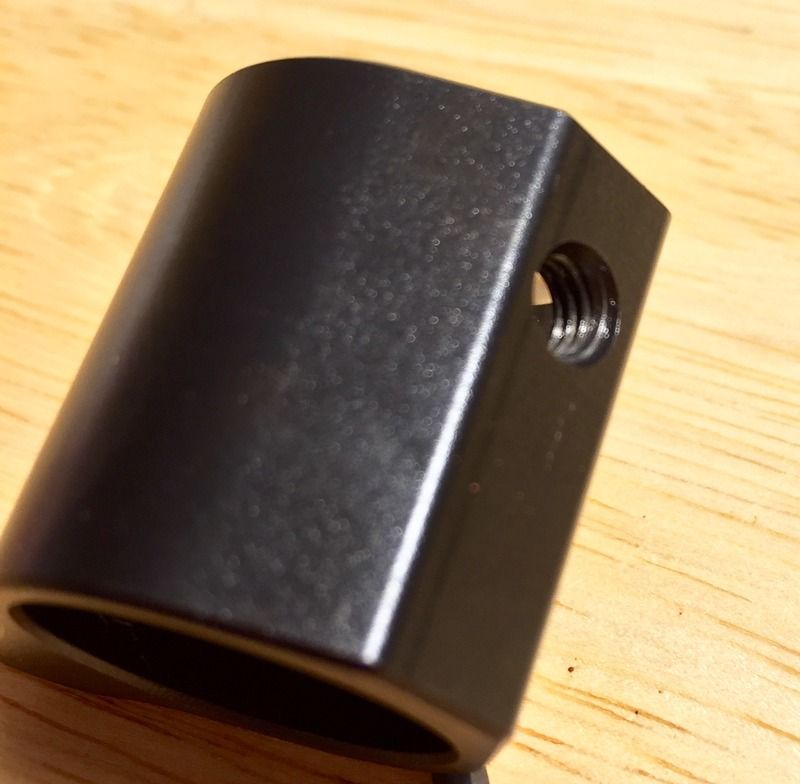
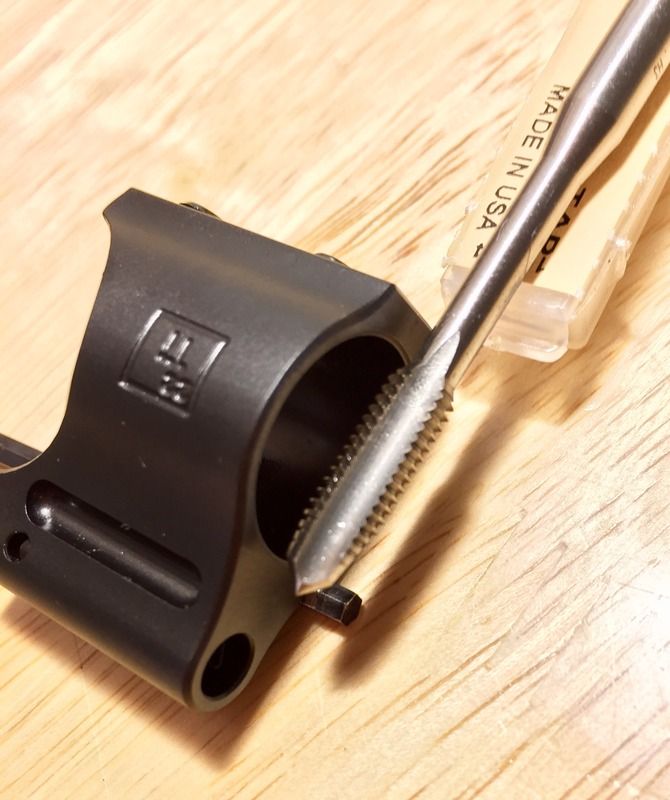
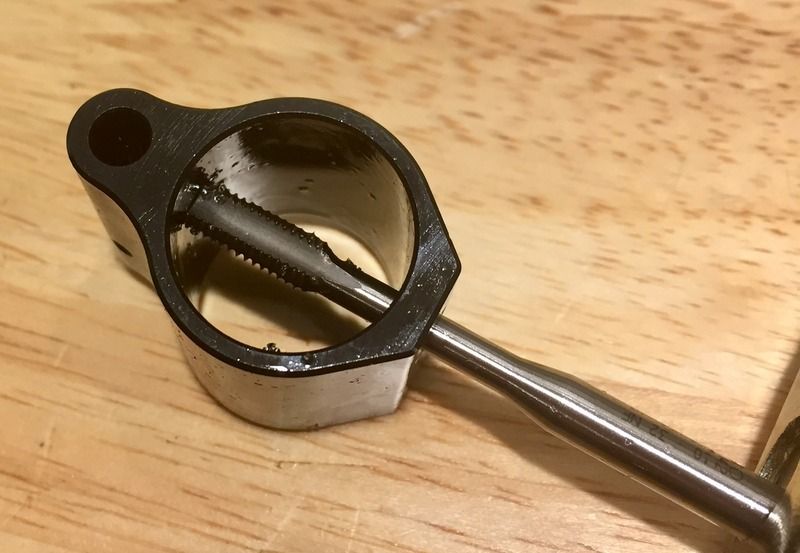


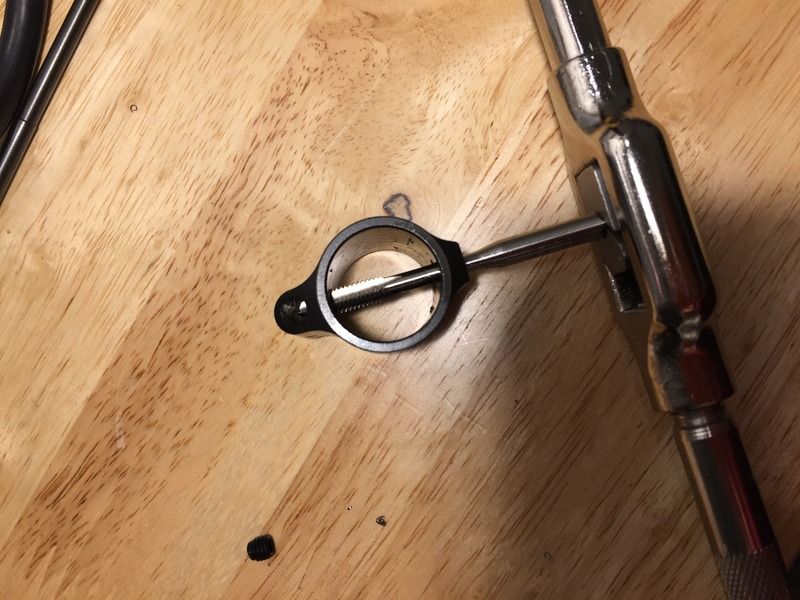
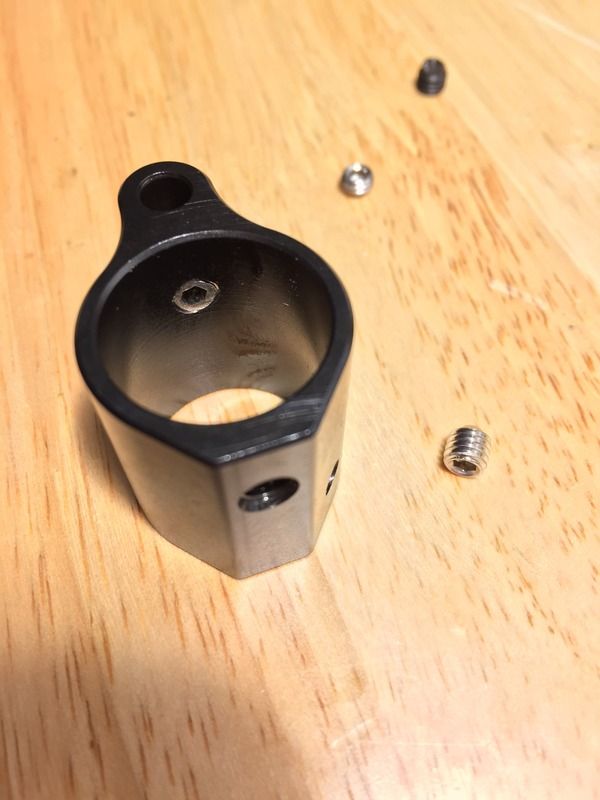
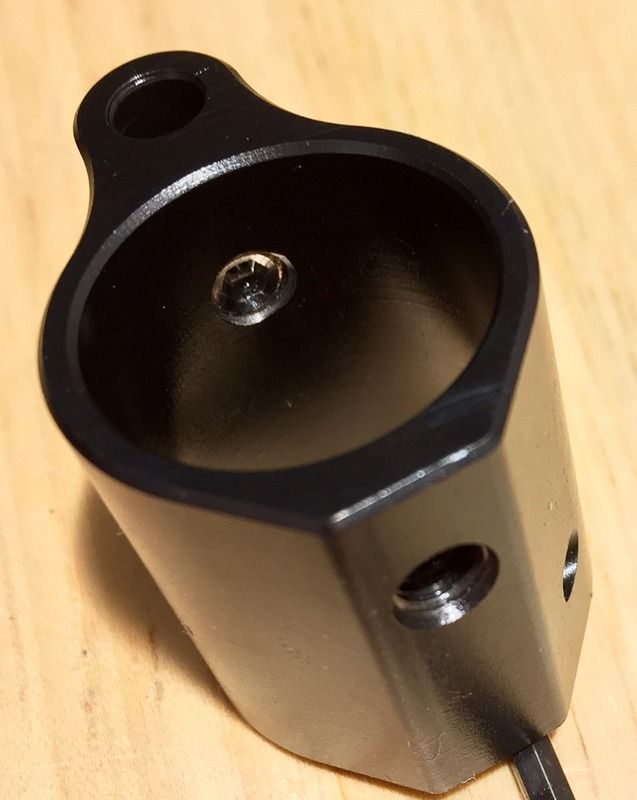
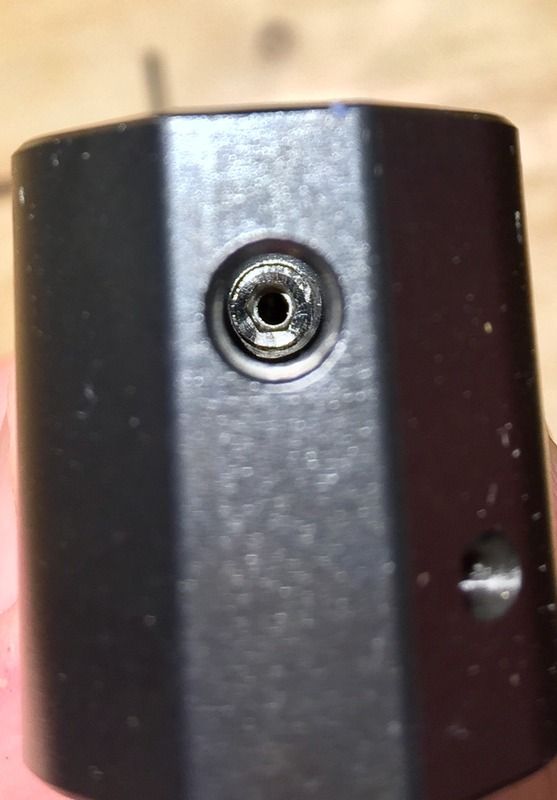
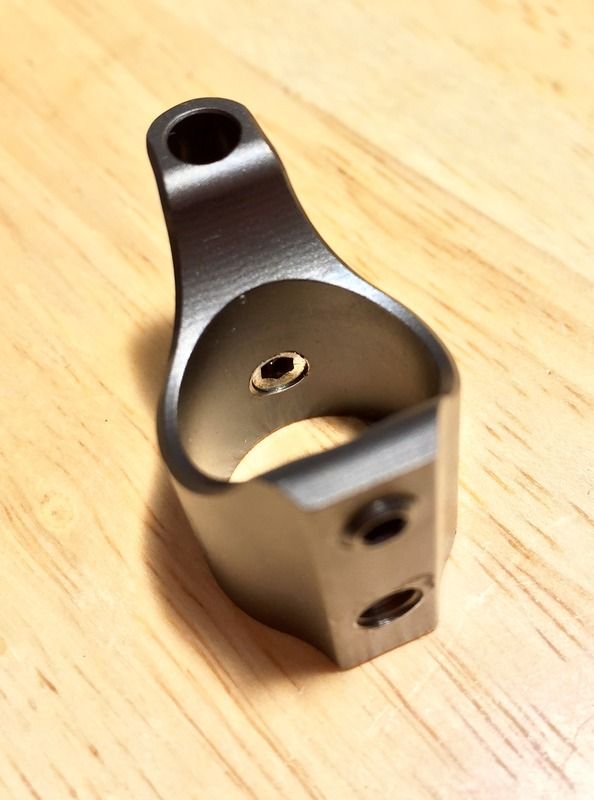

 Reply With Quote
Reply With Quote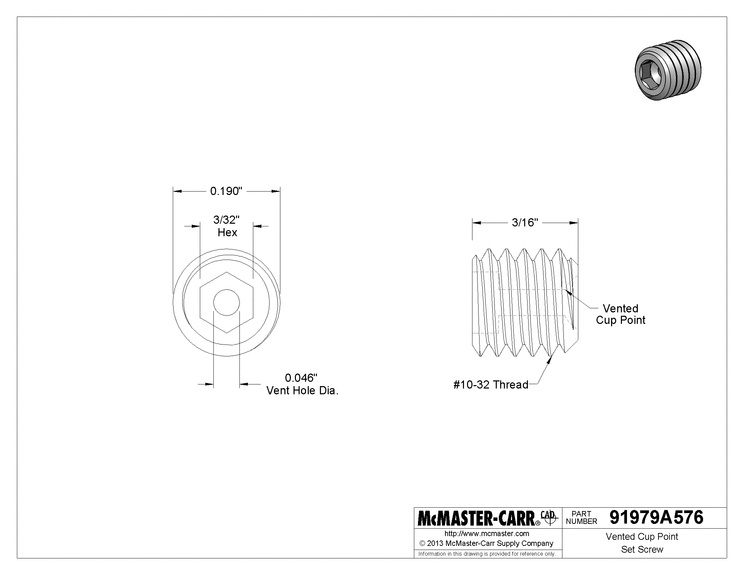
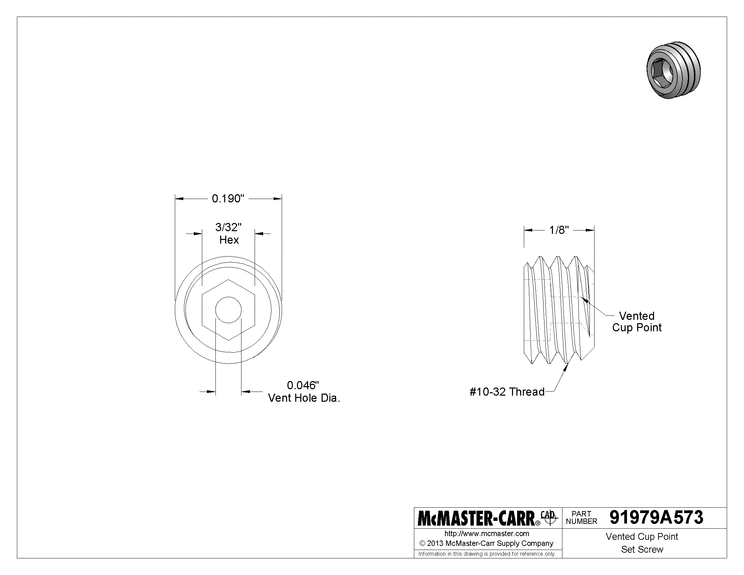

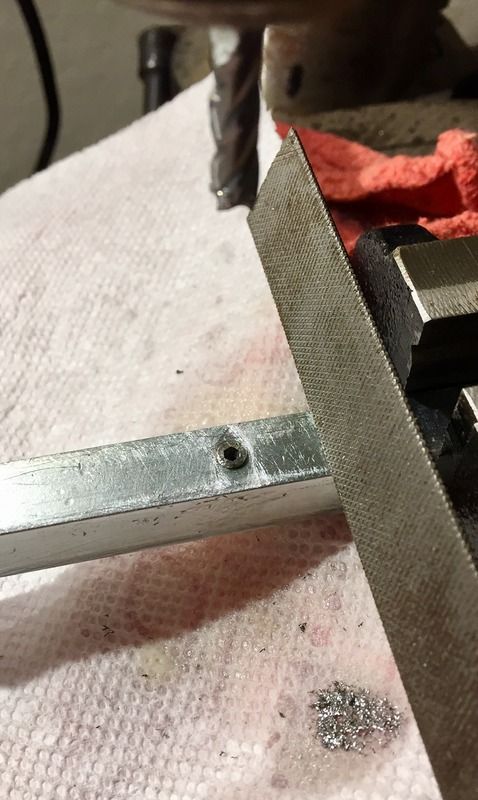
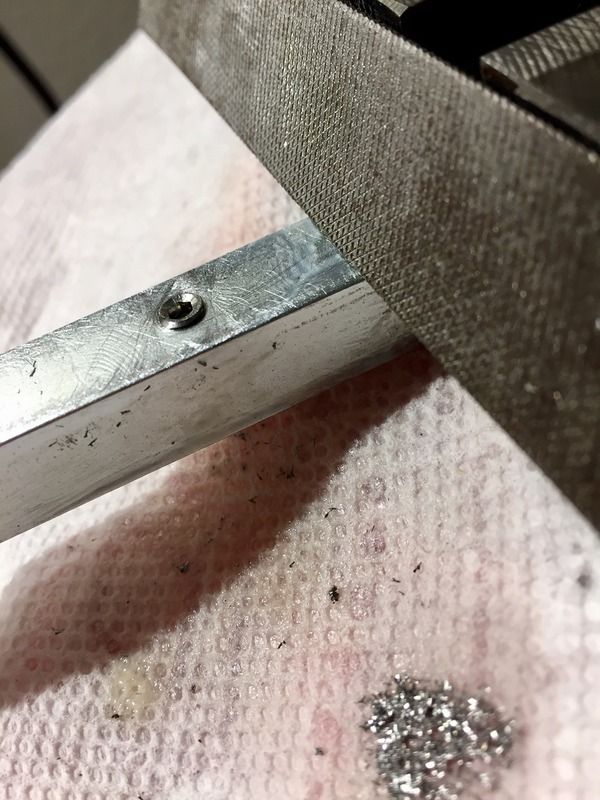
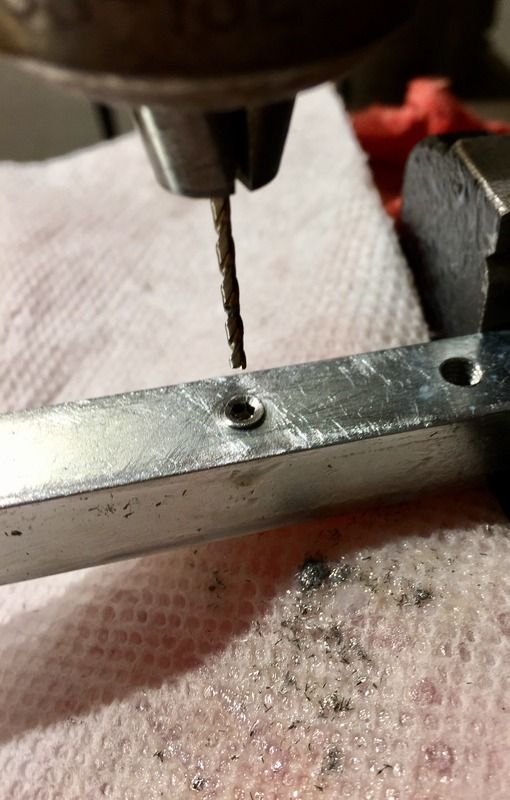
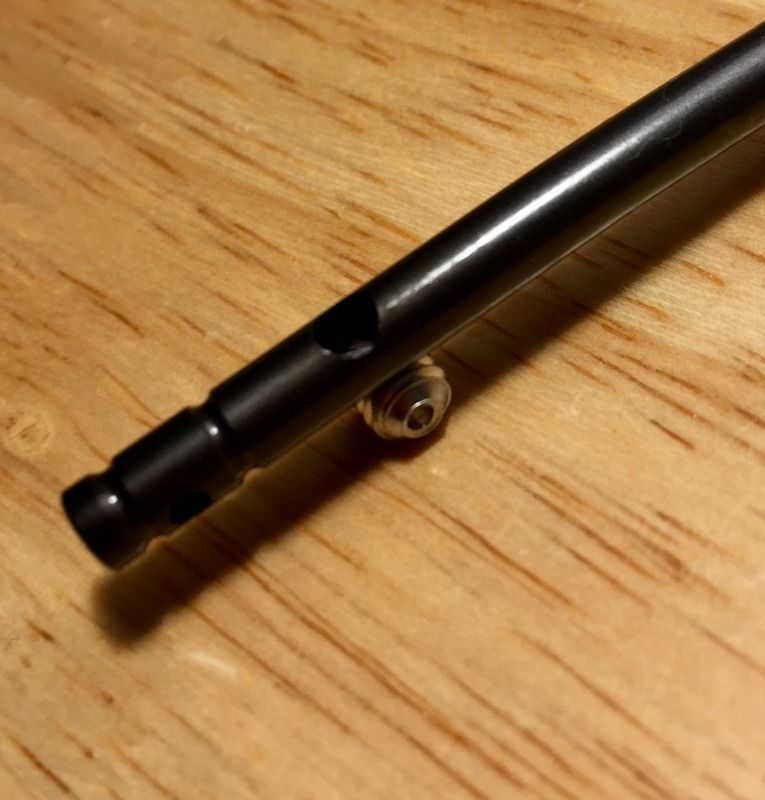
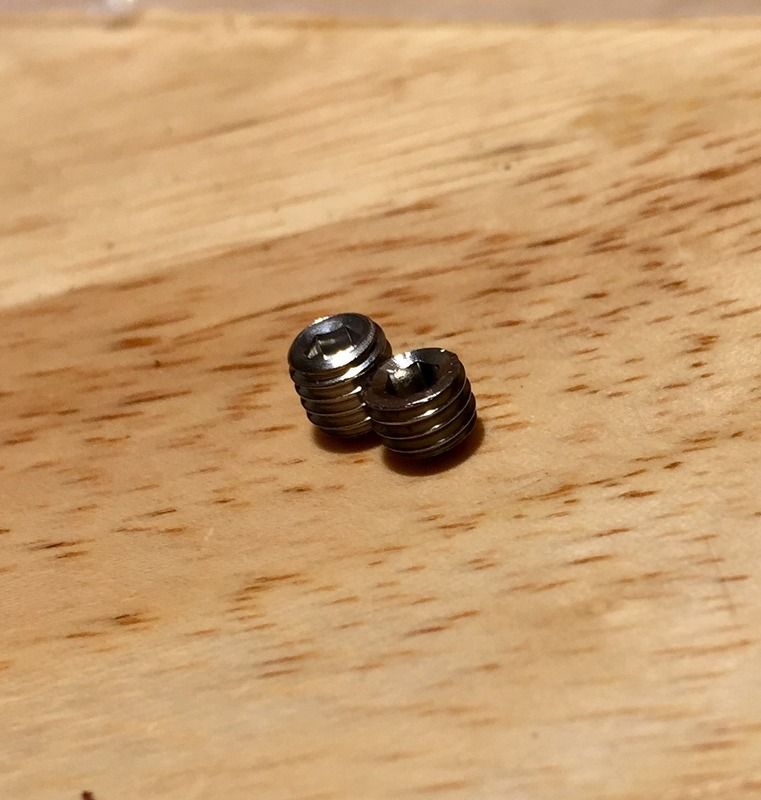
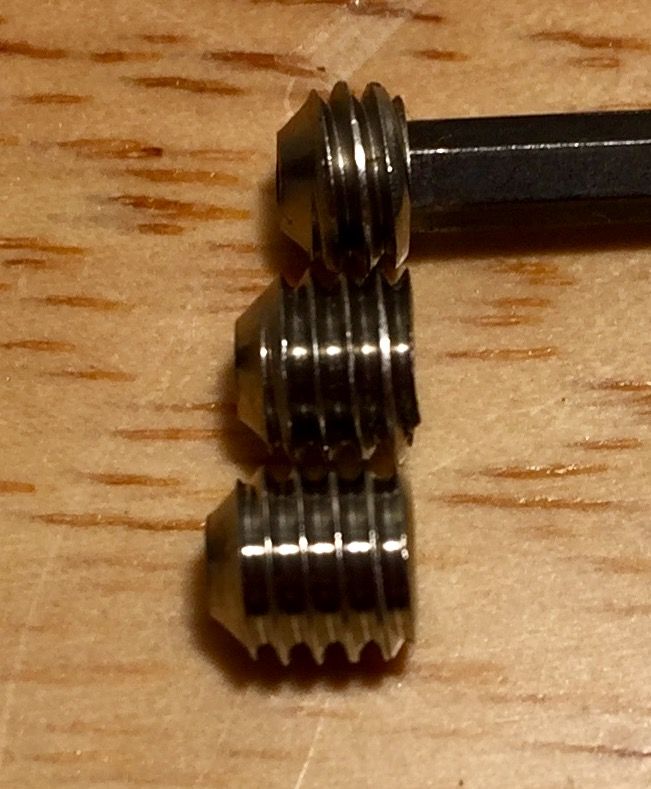



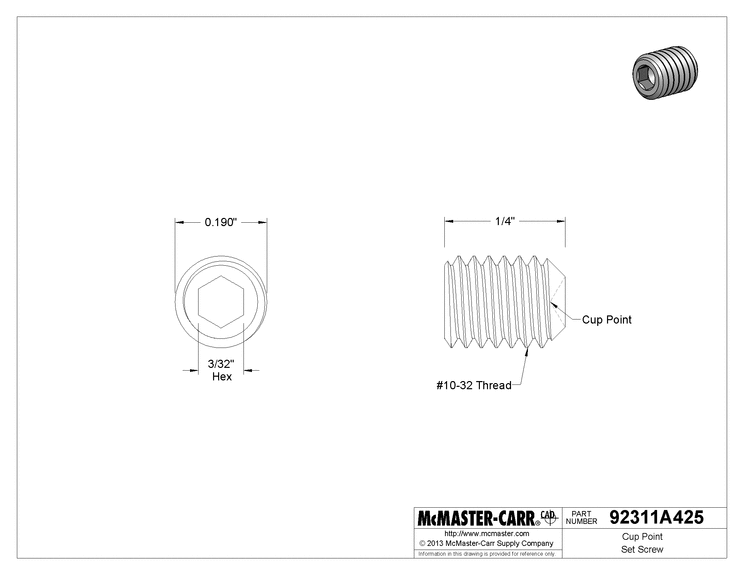
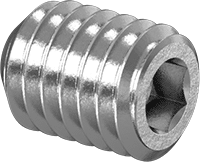
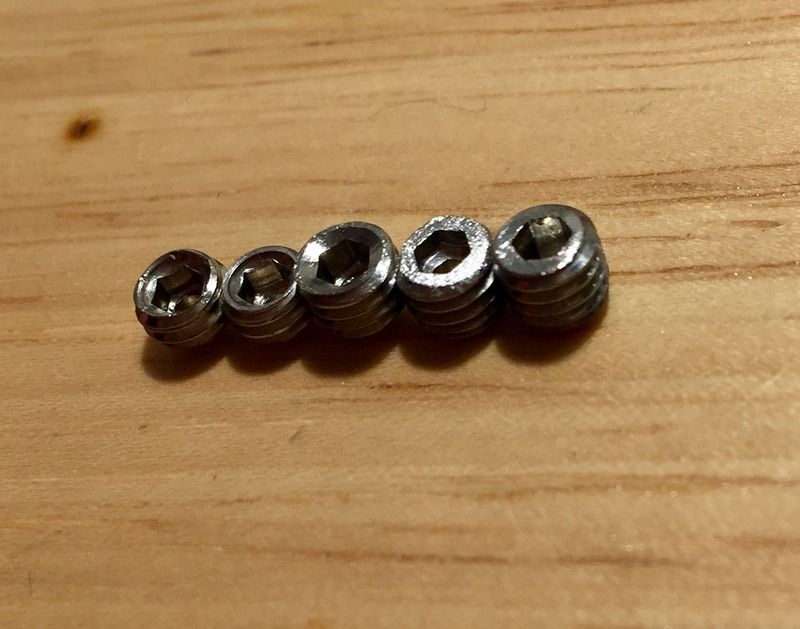
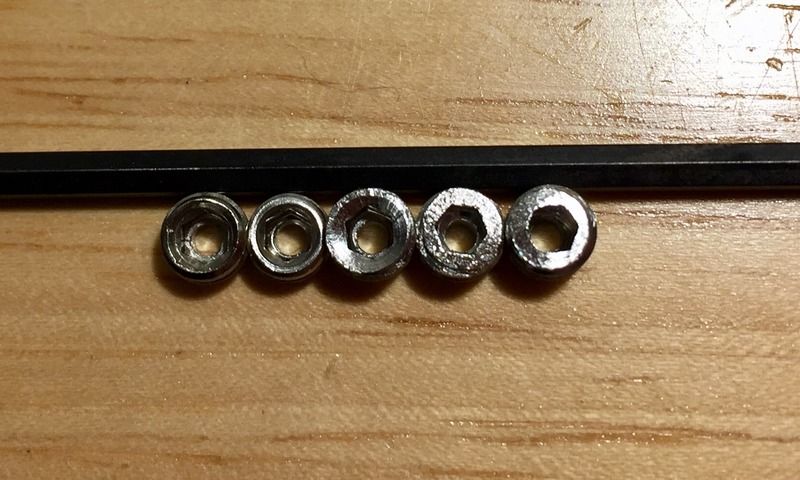


Bookmarks